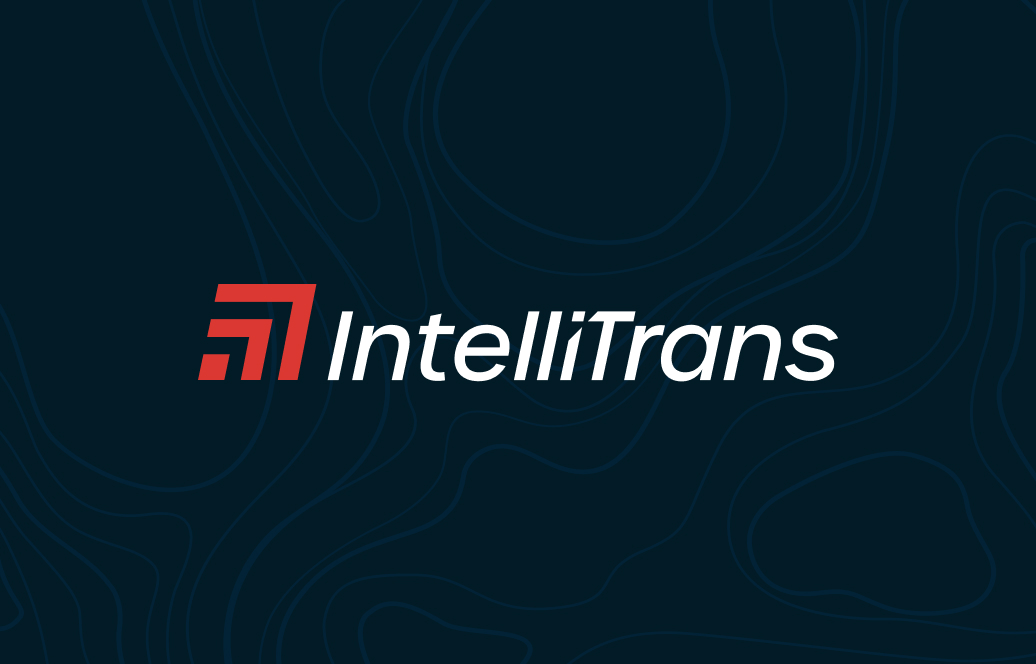

Collecting, aggregating and using data to make smart supply chain decisions has become a key focus for companies that are tackling current disruptions and planning ahead for more growth in the future. Equipped with multi-modal command and control features that give high levels of visibility into both fleet and non-fleet equipment, global supply chain visibility platforms help organizations proactively manage shipments from origin to destination—and all with a focus on managing exceptions and enhancing the customer experience.These are activities that can’t be managed effectively using disconnected legacy systems, spreadsheets and manual processes. And while these approaches may have sufficed for some companies pre-pandemic, the demands of the modern, global supply chain make 100% visibility important for all organizations across the board.“What we’re seeing is a lot of investment in digital and analytics in order to increase the visibility across the end-to-end supply chain,” said EY’s Regenia Sanders in How end-to-end visibility is the key to ending supply chain disruption.What is Supply Chain Visibility?An inventory strategy that incorporates techniques focused on improving the allocation and movement of shipments and products, supply chain visibility helps better manage their inventories, serve their customers, minimize their cycle times and maximize their labor resources.With a global supply chain visibility platform in place, organizations can also reduce shipment delays and chargebacks (and the costs associated with these issues) and use reliable data to make better, smarter and faster business decisions.Ultimately, the goal is to be able to look across the end-to-end supply chain and more reliably predict the effects of change, disruption, or increased demand. “This enables companies to be more responsive and agile to meet the ultimate goal, which is to fulfill commitments to their customers,” EY adds.Supply Chain Disruptions aren’t a New ProblemIn TechTarget’sSupply chain disruption will persist in 2022, but tech may help, Jim O’Donnell reminds us that while supply chain disruptions are nothing new, disruptions of the current magnitude are unprecedented. “Longstanding weaknesses in the supply chain like inadequate port infrastructure in the U.S., as well as supply chain strategies like just-in-time manufacturing and logistics, combined for the perfect disruptive conditions,” O’Donnell writes.The supply chain disruption is part of a larger global resources disruption that has affected production, business investment and labor, according to Interarbor Solutions’ Dana Gardner, who says supply chains will need “serious investment in modern digital technologies” to help businesses understand and deal with the current volatility."The bottom line is smart technology investments will provide one of the few improvements in labor and supply chain analysis value for businesses," Gardner told TechTarget. "The ROI on tech investment in better supply chain insight, analysis, automation and optimization has never been higher and swifter."O’Donnell points to transparency, automation, traceability and collaboration, as well as machine learning, AI, IoT, RPA, blockchain, advanced analytics and business networks as some of the top technologies that can help companies create more “resilient, flexible and predictive” supply chains. As an added bonus, these innovations also provide competitive advantage for companies that adopt them.With a supply chain visibility platform in place, TechSpective says companies can also:
.avif)
A Global Supply Chain Platform that Offers 100% VisibilityIntelliTrans’ Global Control Tower provides high levels of supply chain transparency; aggregates, completes, and enhances data from a variety of sources; offers visibility into and execution of different aspects of the supply chain; and generates data-driven alerts and analytics that ask deeper questions and deliver meaningful insights.By leveraging tracking information, the Global Control Tower provides analytics that measures key performance indicators (KPIs) like fleet cycle time, origin/destination dwell time, lane and hauler performance, back orders, freight spend, load optimization, and more. With their rate, equipment, lease, tracking, and invoice data in a central repository that’s accessible 24/7, companies can position themselves for success in any market conditions.